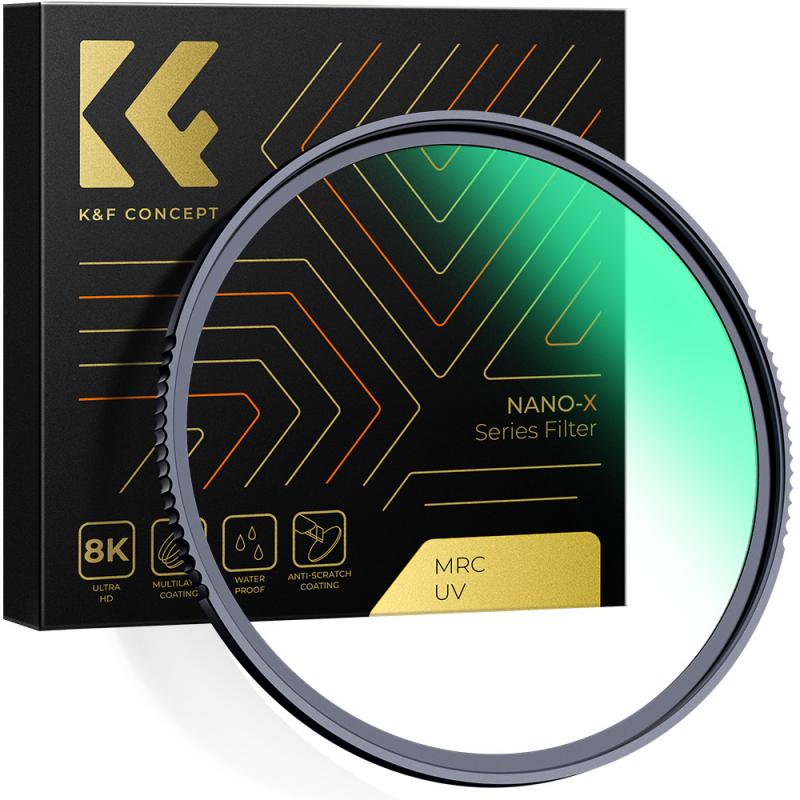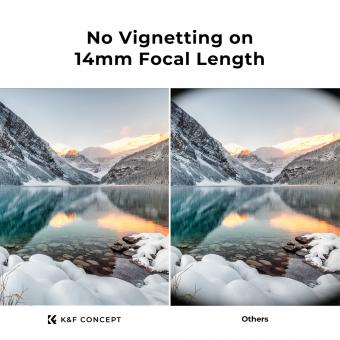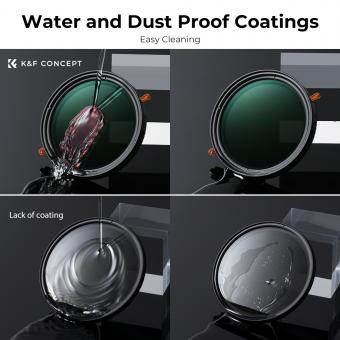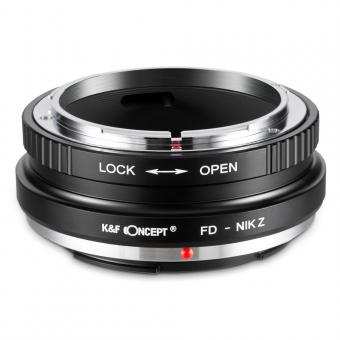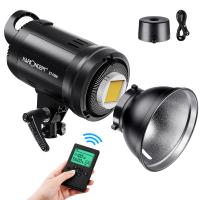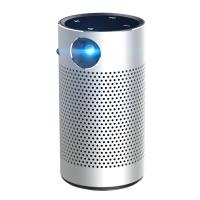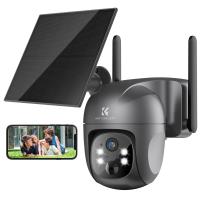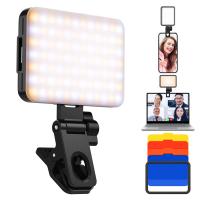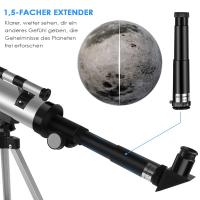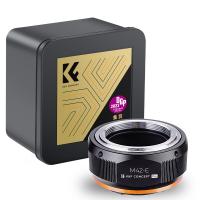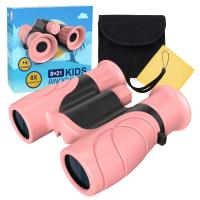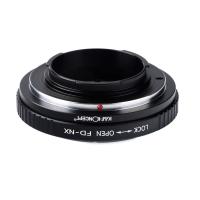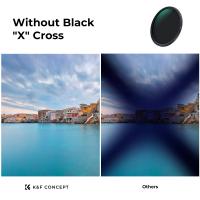Lens Filters And What They Do ?
Lens filters are accessories that can be attached to the front of a camera lens to modify the way light enters the lens and affects the image. There are many different types of filters available, each with its own specific purpose. Some common types of filters include UV filters, polarizing filters, neutral density filters, and color filters.
UV filters are designed to block ultraviolet light and protect the lens from scratches and other damage. Polarizing filters can reduce glare and reflections, making colors appear more vibrant and saturated. Neutral density filters reduce the amount of light entering the lens, allowing for longer exposure times or wider apertures in bright conditions. Color filters can be used to add or subtract specific colors from an image, or to correct color balance in different lighting conditions.
Overall, lens filters can be a useful tool for photographers looking to achieve specific effects or improve the quality of their images.
1、 UV Filters - Absorb ultraviolet light and reduce haze.
Lens filters are essential accessories for photographers and videographers. They are designed to enhance the quality of images and videos by reducing glare, improving color accuracy, and protecting the lens from scratches and dust. One of the most popular types of lens filters is the UV filter.
UV filters are designed to absorb ultraviolet light and reduce haze. They are particularly useful when shooting in high-altitude locations or near water bodies, where the UV light is more intense. UV filters also protect the lens from scratches, dust, and other debris, which can affect the quality of the images.
However, there has been some debate in recent years about the effectiveness of UV filters. Some photographers argue that modern lenses are already coated to reduce UV light, making UV filters unnecessary. Others argue that UV filters can actually reduce image quality by introducing unwanted reflections and flares.
Despite these debates, many photographers still use UV filters as a form of lens protection. They are relatively inexpensive and can be easily replaced if damaged. Additionally, some photographers prefer the slight color cast that UV filters can add to images, which can enhance the overall mood and atmosphere of a shot.
In conclusion, while there may be differing opinions on the effectiveness of UV filters, they remain a popular and useful accessory for many photographers and videographers. Whether used for lens protection or to add a subtle color cast, UV filters can help enhance the quality of images and videos.

2、 Polarizing Filters - Reduce glare and increase color saturation.
Lenses are an essential part of any photographer's toolkit, but lens filters can take your photography to the next level. Lens filters are small accessories that attach to the front of your lens and can help you achieve a variety of effects. One of the most popular types of lens filters is the polarizing filter.
Polarizing filters work by reducing glare and increasing color saturation. They are particularly useful when shooting outdoors, especially in bright sunlight. When light reflects off a surface, such as water or glass, it becomes polarized, meaning that the light waves are all vibrating in the same direction. This can create a lot of glare, making it difficult to see the details of the scene. A polarizing filter helps to block out this polarized light, reducing the glare and allowing you to see more clearly.
In addition to reducing glare, polarizing filters can also help to increase color saturation. This is because they block out some of the scattered light that can wash out colors in a scene. By reducing this scattered light, a polarizing filter can help to make colors appear more vibrant and true to life.
While polarizing filters have been around for many years, they are still a popular choice among photographers today. With the rise of digital photography, some photographers argue that the effects of a polarizing filter can be replicated in post-processing. However, many photographers still prefer to use a polarizing filter in-camera, as it can help to reduce the amount of time spent editing photos later on.
Overall, polarizing filters are a useful tool for any photographer looking to improve their outdoor photography. Whether you're shooting landscapes, portraits, or anything in between, a polarizing filter can help you achieve more vibrant, detailed images.
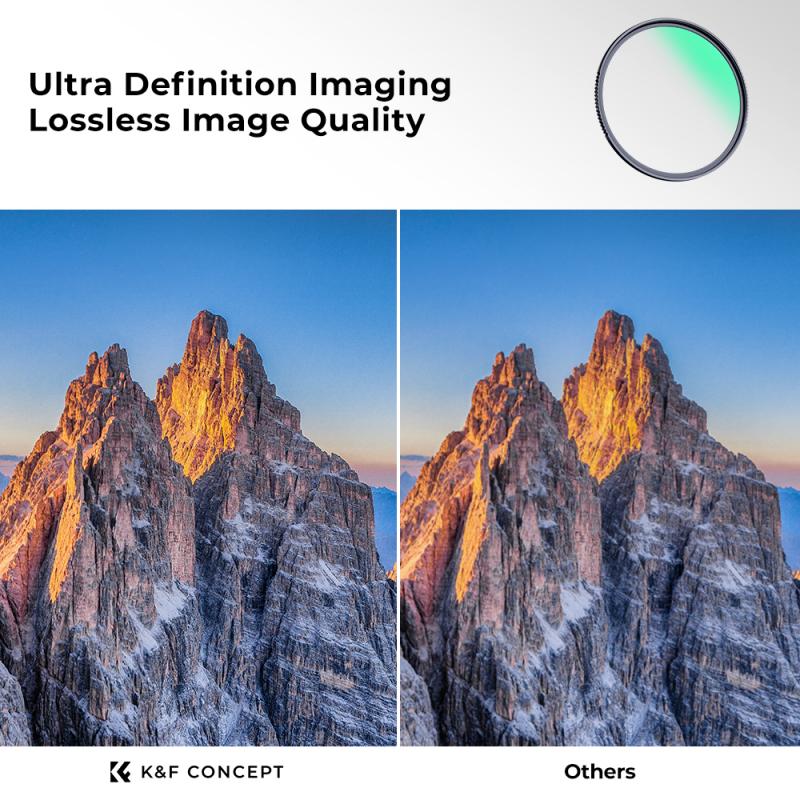
3、 Graduated Filters - Gradually reduce light in specific areas of the image.
Lens filters are essential tools for photographers to enhance their images and achieve specific effects. They are small pieces of glass or plastic that attach to the front of a camera lens and alter the way light enters the camera. There are various types of lens filters available in the market, each with its unique purpose and effect.
One of the most popular types of lens filters is the Graduated Filter. Graduated filters are used to gradually reduce light in specific areas of the image. They are particularly useful when shooting landscapes, where the sky is often much brighter than the foreground. By using a graduated filter, photographers can balance the exposure between the sky and the foreground, resulting in a more evenly exposed image.
Graduated filters come in different strengths and shapes, such as rectangular or circular. They can be used to create a range of effects, from subtle adjustments to dramatic changes in the image. Some graduated filters also come with color tints, which can be used to enhance the mood of the image.
In recent years, digital post-processing has become increasingly popular, and some photographers argue that the use of graduated filters is no longer necessary. However, many still prefer to use physical filters as they allow for more precise control over the exposure and can save time in post-processing.
In conclusion, graduated filters are an essential tool for landscape photographers, allowing them to balance the exposure between the sky and foreground and create stunning images. While some argue that they are no longer necessary in the age of digital post-processing, many still prefer to use them for their precision and time-saving benefits.
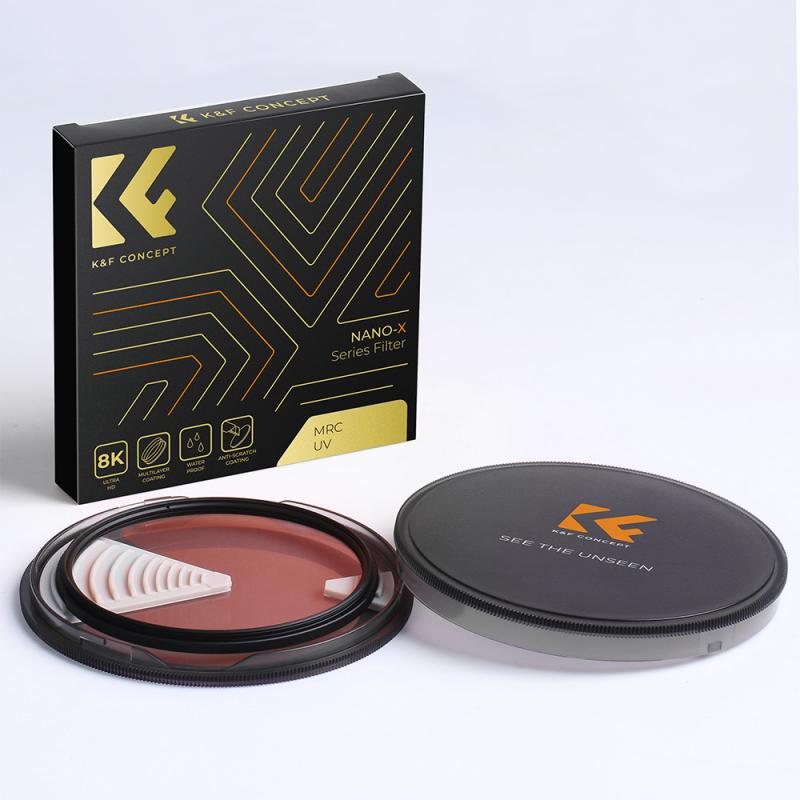
4、 Infrared Filters - Block visible light and allow infrared light to pass through.
Lens filters are essential accessories for photographers and videographers. They are used to modify the light that enters the camera lens, resulting in different effects and outcomes. There are various types of lens filters available in the market, each with its unique purpose and function.
One such type of lens filter is the infrared filter. Infrared filters are designed to block visible light and allow infrared light to pass through. Infrared light is invisible to the human eye, but it can be captured by cameras that are equipped with infrared filters. This type of filter is commonly used in scientific and military applications, as well as in artistic photography.
Infrared filters are particularly useful in landscape photography, where they can create stunning and surreal effects. By blocking visible light, infrared filters can make green foliage appear white, while blue skies turn dark. This creates a unique and otherworldly effect that can add a new dimension to landscape photography.
In recent years, infrared photography has gained popularity among photographers and artists. It has become a popular medium for creating fine art prints, as well as for documenting historical and cultural sites. Infrared filters have also been used in forensic investigations, where they can reveal hidden details that are not visible to the naked eye.
In conclusion, infrared filters are an essential tool for photographers and videographers who want to experiment with different effects and outcomes. They can create unique and surreal effects in landscape photography, as well as in other applications. With the growing popularity of infrared photography, it is likely that we will see more innovative uses of infrared filters in the future.
